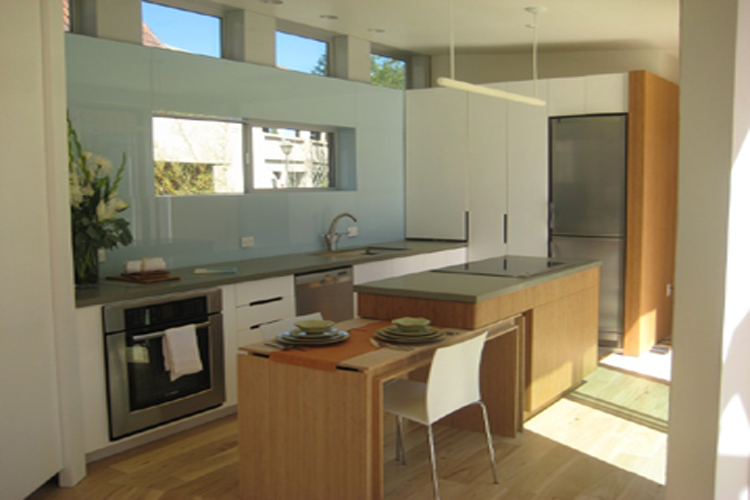10 Things You Must Know When Painting a House Exterior
1. Blend with Nature.
Weather conditions play a major role in painting especially exteriors. It very much determines the type of paint you are going to deploy. Choose the correct time of year to paint like summer when there are plenty of chances for the paint to dry off quickly
2. Quality Over Price
This is a no brainer. Good quality paint lasts longer and you can avoid repetitive painting. The costs over the long run will be the same if you use cheaper paint stuff since you need to paint the house again in a relatively shorter period of time compared to better quality paint which lasts longer and gives a better finish.
3. Sand and Wash
Surfaces have to be prepared or the paint won’t stick to rough and pitted surfaces or dirty ones. Sanding and scraping is needed depending upon the surface so a cleaned surface thoroughly dried and sanded will allow the paint to stick better.
4. Paint Doesn't Stick to Rotten Siding
Check the wooden and sliding material. If they are peeling off or decaying then it is not worth painting on that surface. There is no other way than to repair or replace the rotten wood and sliding material with new ones. Of course for small patches you can always use a wood hardener and wood filler before painting. Always ensure that the surface is prepped and sanded before painting.
5. Use Primer
A good primer undercoat allows for perfect adhesion and serves to block out existing dark colours. It is easier to paint over and provide a more professional finish top coat. A primer is essential if you have bare wood surfaces to paint. You can use the newer paint which combines primer and paint but be sure to check out existing references before you go in for one.
6. Combine Cans of Paint
Boxing the paint as the term goes is when you combine all the paint you are using into one large container and mix it thoroughly. This is useful and important especially when you are painting large surfaces like a long wall or one huge side of your home’s exterior.
7. Paint From Top to Bottom
Start painting from the top of the house and work your way down. To avoid lap marks, brush from one wet surface to another wet surface. You can paint onto a previously painted surface and overlap onto the dried paint surface. Adopt proper safety standards. Don’t overreach too much. It is much easier to climb down move the ladder and climb back rather than overreach and topple over.
8. Seal It Off
Seal off the paint containers properly after you complete the paint job for the day to keep it from drying. If need be use a plastic film over the paint container to ensure a tight fit
9. Add Grit
For additional safety you can use a little bit of sand to the paint especially over porches and steps which may become a bit slick and slippery. Nowadays paint comes with additives that does this job very well.
10. Prep The Landscape
Make sure the plants and ground near the walls to be painted are properly covered with plastic or canvas to prevent any damage from paint spillage which is bound to happen. Of course professional painters always clean up the surfaces before they leave but it is better to be prepared. Take care of any exterior furniture and ensure that the coverings are properly weighted and wrapped around them.
Click to Contact
Our Services
Painting & Decorating Services
Office / House repaint & restoration Services
Contact Us
Anthony Thompson
Mobile : 0411 373 676
Anthony Thompson Painting & Decorating
12 Otto close ,
Queensland 4869.
E-mail : antpainting@bigpond.com




